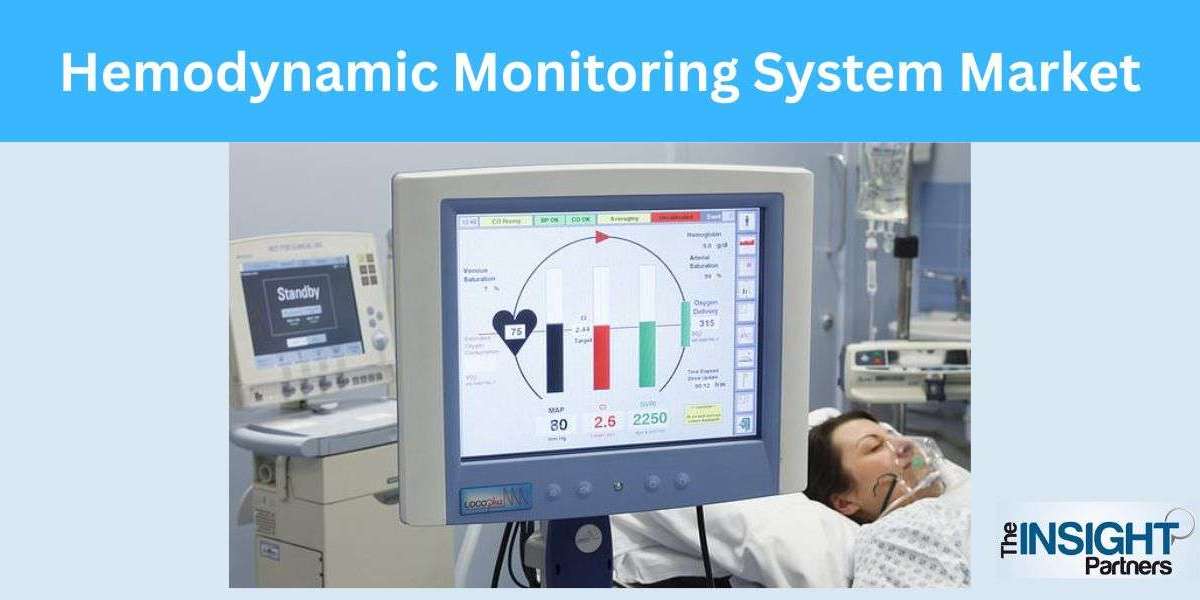United States of America [16-July-2025] – The global Hemodynamic Monitoring Systems Market is entering a transformative growth phase, expected to rise from USD 1.58 billion in 2023 to USD 2.65 billion by 2031, with a projected CAGR of 6.7%, according to the latest analysis by The Insight Partners.
With the rise of real-time patient analytics, wearable devices, and tele-intensive care solutions, this segment is rapidly evolving from traditional monitoring to smart, connected, and predictive platforms.
Get Free Sample For Hemodynamic Monitoring System Market: https://www.theinsightpartners.com/sample/TIPHE100000982
Next-Gen Monitoring Takes Center Stage
Innovations are redefining how clinicians monitor cardiovascular performance:
- AI-powered analytics provide early alerts for hemodynamic instability, reducing response time in ICUs.
- Cloud-integrated systems enable seamless data access for remote clinicians and cross-specialty teams.
- Non-invasive technologies are replacing catheter-based systems, minimizing infection risk and improving patient experience.
Global Trends Accelerating Adoption
- Pandemic aftershocks have strengthened demand for remote ICU monitoring and home-based hemodynamic care, especially in post-surgical recovery.
- Healthcare digitization policies in the U.S., Europe, and APAC regions are driving procurement of smart monitoring systems.
- Value-based care models are encouraging real-time performance tracking to improve outcomes and reduce ICU length of stay.
Use Cases Expanding
- Critical care units require real-time cardiac output and systemic vascular resistance monitoring.
- Operating rooms use dynamic preload indicators to optimize fluid resuscitation.
- Emergency settings benefit from fast, mobile hemodynamic insights to guide triage and stabilization.
Leading Innovators & Strategic Moves
Key companies disrupting the space include:
- Masimo – Advancing wearable, wireless platforms
- Edwards Lifesciences – Pioneering intelligent pressure monitoring
- GE Healthcare – Integrating AI in critical care workflows
- Philips – Launching scalable ICU solutions with cross-platform interoperability
- Deltex Medical – Specializing in Doppler-based minimally invasive systems
Collaborations with digital health startups and EHR providers are further pushing innovation boundaries.
Barriers & Opportunities
While the trajectory is strong, adoption may be challenged by:
- Cost sensitivity in public hospitals
- Interoperability limitations with legacy hospital systems
- Training requirements for AI-enhanced tools
However, opportunities abound in:
- AI-enhanced triage protocols
- Predictive analytics for ICU deterioration
- Expansion into emerging markets with mobile monitoring kits
About The Insight Partners
The Insight Partners delivers high-impact intelligence for decision-makers in healthcare and medtech. Its latest Hemodynamic Monitoring Systems Market report offers in-depth data and forecasts from 2023–2031, supporting innovation, investment, and transformation in patient monitoring technologies.
Media Contact:
The Insight Partners
Email: sales@theinsightpartners.com
Phone: +1-646-491-9876
Website: www.theinsightpartners.com













